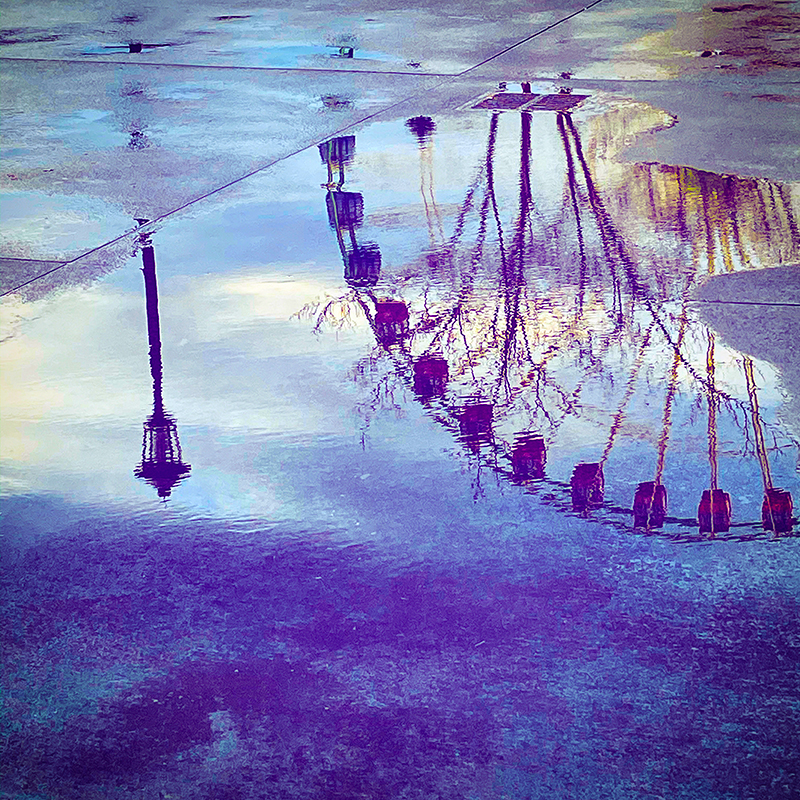Three Simple Strategies to Reduce Slip, Trip, and Fall Claims.
When planning a fun day out at an amusement park or entertainment venue, most people aren’t overly worried about safety—it’s something they simply expect. Costs, transportation, and crowds are all common concerns. And while owners and managers of these venues may have great safety measures in place for the things like rides, food, and attractions, simple fall prevention measures are often overlooked. Slip, trip, and fall claims account for a large volume of insurance claims, but most of these incidents are avoidable.
Slip, trip, and fall claims by the numbers
The importance of slip, trip, and fall prevention can’t be overstated. Here are some quick facts to illustrate the prevalence, possible danger, and implications:
- Falls are the leading cause of visits to the emergency room – 8 million visits (21.3%) each year. (National Floor Safety Institute)
- 85% of worker’s compensation claims are due to employees slipping on slick floors. (National Floor Safety Institute)
- In 2020, the service industry accounted for the highest number of non-fatal work-related slips, trips, and falls, making up nearly 28% of total injuries across all sectors. (National Safety Council)
- The average cost of a slip, trip, and fall injury is $20,000, and costs to defend a claim can reach $50,000. (Philadelphia Insurance Companies)
Keeping guests and employees safe isn’t just the right thing to do, it makes good financial sense. It helps avoid costly lawsuits and damage to brand reputation that can be difficult to repair. Not to mention the implications for insurance costs. Fortunately, slip, trip, and fall prevention isn’t complex; it’s a matter of taking the time to do it properly. This post will outline three strategies to keep guests and staff safe and reduce slip, trip, and fall claims.
Also read: Creating an Emergency Response Guide for Your Fairgrounds
1. Get into a habit of identifying hazards
A small puddle here or a loose carpet there may seem harmless, but it’s these little things that result in many slip, trip, and fall claims. While weather-related hazards like rain or ice are a common source of issues, defects are also problematic. A loose floor tile, a leaky ceiling, or a wobbly chair are just a few examples of possible hazards to look for.
The area surrounding your venue, like the parking lot and perimeter of the building, should be considered, as well. When sweeping for hazards, include both the interior and exterior. Potential hazards are everywhere, so make time to regularly scan for them until it becomes a habit. Staying alert and observant and training staff to do the same can help prevent most slips, trips, and falls. It may not be quick or easy, but it is simple!
Also read: Water Park Injuries: Risks & Liability
2. Develop and communicate policies and protocols
While identifying hazards is a crucial piece of slip, trip, and fall claim prevention, there’s still the matter of addressing them. Developing policies and processes for preventing hazards and outlining what needs to happen when hazards are identified is an underrated but important step. These plans can include cleaning and maintenance protocols and assigning a staff member to regularly scan for hazards. As potential issues are discovered, bringing in tools to help like signage or a camera system may be necessary.
Thorough policies and protocols are essential. Moreover, documenting and communicating any actions taken to identify and address hazards strengthens your venue’s risk prevention plan. Make sure that staff can easily access this information, and that it’s reviewed regularly to ensure relevance. Better yet, make safety a cornerstone of staff training programs.
3. Train staff and make safety a priority
Hiring and training staff is often challenging for amusement park and entertainment venues, and it’s tempting to take shortcuts like rushing through or even omitting safety training.
But not emphasizing safety during the training process can lead to preventable slip, trip, and falls claims down the road. As highlighted above, those costs are typically much higher than taking the time for proper safety training.
Beyond initial employee onboarding, make safety a part of the culture of the organization so it stays top of mind. Regularly review policies and procedures and incentivize compliance. Staff turnover is inevitable, so consistently prioritizing safety helps reinforce the importance for new staff members.
Also read: Why Developing an Effective Employee Training Program is Beneficial for Fairs and Carnivals
Be prepared for accidents
Slip, trip, and fall prevention may seem common sense, but that assumption can end up costing big long term. Staying alert for potential hazards, developing protocols, and training staff will go a long way toward keeping everyone safe. With that said, no plan or person is perfect, and accidents will happen.
When they do, knowing the best way to respond and having protection in place is key. It’s important to put together a response plan that describes what to do when a slip, trip, or fall does occur. This should include roles and responsibilities and a reporting and follow-up process. If an incident occurs, investigate why, and use those learnings to continuously improve safety policies and protocols.
Perhaps most importantly, having a robust insurance policy will help ensure that accidents that do happen won’t be financially devastating. McGowan Allied Specialty Insurance has been in the amusement and entertainment space for 35 years and offers a wide range of coverage options to meet the unique needs of these businesses.
